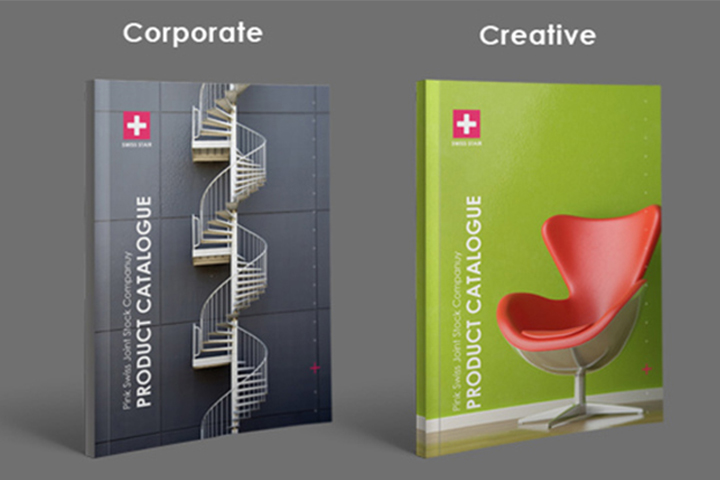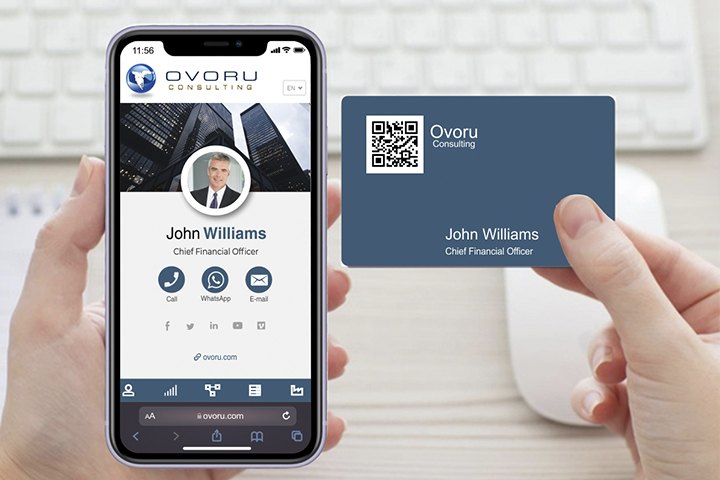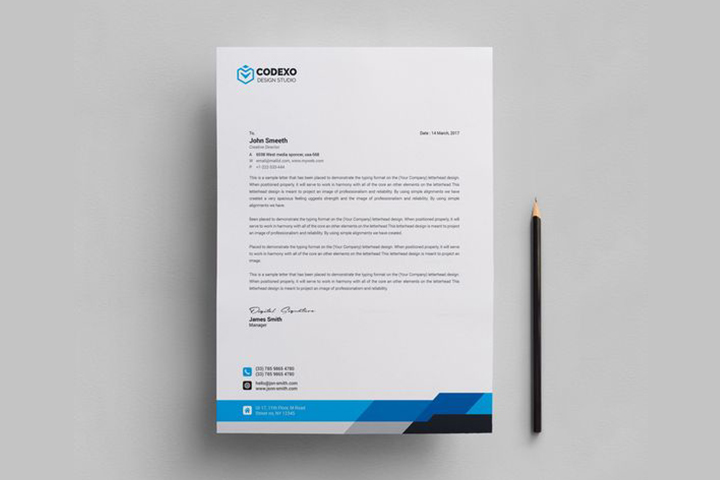
Global Consumer Sentiment Surveys show consumers are turning to online consumption in record numbers, though for many businesses, this boom has not offset the deep losses offline.
More than 50 percent of Chinese consumers show a pronounced move to digital, especially on work-related activities. We’re also seeing an uptick in first-time users and in established customers’ usage across several categories, such as entertainment streaming, e-sports, restaurant and grocery delivery, online education, and online fitness. While this trend is not yet as evident in Europe and Latin America due to limited home-delivery options, confinement is driving significant trialing of new online ways of shopping.
The world has changed dramatically in just a few months with the spread of the novel coronavirus, COVID-19. This pandemic has altered people's lives and wreaked havoc on the global economy. While the long-term effects of COVID-19 are yet to be determined, its immediate impact on retailing is significant. Retailers of essential goods such as food, groceries, and healthcare are experiencing increased demand opportunities for serving consumers at home, while facing challenges of inventory, supply chain management, delivery, and keeping their facility a safe environment.
On the other hand, retailers of non-essential goods, such as apparel and footwear, are facing a significant drop in sales and are having to adopt new ways to reach and engage customers who are shopping from their home, just to sustain themselves.
Some manufacturers and retailers are even pivoting and changing their product mix to suit the demand arising from the COVID-19 crisis, e.g., shoe manufacturers creating facemasks, spirit manufacturers using the same alcohol ingredient for producing and selling hand sanitizers during the present crisis.
While it is critical for retailers to think of the immediate, short term needs to survive in this market, it is also equally important to anticipate what the landscape for retailers will be after the pandemic. It is very likely that some of the new behaviors adopted by retailers and consumers during the pandemic may become the new-normal. For example, retailers are likely to reconsider aspects of their supply chain, inventory, and delivery systems. How can they become more efficient in providing customers what they want, when they want it? It will be critical to understand how and why changes made by retailers in these areas are successful or not successful, and if there are moderating factors that impact that outcome.
This change is also pronounced in B2B businesses. According to the latest surveys, sellers indicated that digitally enabled sales interactions are now more than twice as important as traditional sales interactions, compared with rough equivalency before COVID-19. Nearly four in five B2B sales teams have already shifted to digital world.
More importantly, many of these behaviors are likely to become permanent. Data shows European and Latin America consumers’ shift to digital is likely to stick after the crisis abates, especially in countries where online penetration was higher to begin with. Some 55 percent of Chinese consumers have indicated they are likely to permanently shop online for groceries.
In addition, it will be important for retailers to understand what types of experiences customers are likely to value in a store after the pandemic. Before the pandemic, many in-store customer experiences were centered on creating fun, entertainment, and engagement. After the pandemic, consumers may evaluate their experience in a store based on how clean the store is, not having to touch a screen, and whether the store is spacious enough to allow social distancing. In restaurants they may want disposable menus and significant space or even plastic barriers between tables.
Optimization is the key. Resilient companies that focused on thoughtfully getting lean before and during the downturns in 2001 and 2008 - 2009 were able to manage the downturn and come out in better shape than their peers. This lean mindset extended to decision making as well. During the 2008 - 2009 financial crisis, organizational “nerve centers,” which brought together top executives and top talent into a single team, were used to accelerate decision making and drive rapid execution.
During the 2008 financial crisis, resilient companies were 27 percent more likely than less resilient companies to divest slow- or no-growth assets. Among other benefits, this approach allowed them to look for strategic investments and advance new market opportunities.
Be brave and keep a growth mindset throughout the cycle. The international data shows that resilient companies on average increased their selling and general and administrative spend by 1.5 percent as a percentage of 2007 revenue during the downturn, while nonresilients remained flat. Winners also continued to reallocate resources thoughtfully by investing in crucial capabilities such as reading demand signals to determine where and how customers would shift their spending.
Digital Business and Marketing is already proving its importance and will likely retain it through the recovery. For B2B customers, the use of digital channels when ordering from suppliers has increased in importance from 2019 to 2020
The rapid shift to digital has served as an unwelcome wake-up call, however, for some businesses. As one CIO (Chief Information Officer) recently said, “We’re not as digital as we thought we were.” In another example, one international consumer packaged goods company was unable to fulfill the massive surge in orders that came through its website.
CMSOs (Chief Marketing and Strategy Officers) will need to make urgent investments in digital tools and capabilities and upgrade analytics engines. That focus is reflected across B2B categories where spend in software and telecom will likely increase in the long term despite short-term budget cuts.
Investing in data and analytics operations, in particular predictive analytics, virtual sales, pricing and promo thresholds, sales effectiveness along with raising ambitions for digital, have the potential to substantially improve the ability to personalize offers to customers, prioritize sales pipelines, and improve sales activities. This includes rethinking omnichannel and redesigning front-line sales-force processes for today’s remote-work environment.
Be ready to capture early demand. We see small indications in some categories of possible demand pickup. For example, in luxury fashion, certain markets, such as China and South Korea, are already demonstrating faster recovery rates than expected. Momentum still varies by luxury brand and store location, but retailers’ ability to redirect merchandise to retail sites can make a difference, such as reallocation of inventory between offline locations or between offline and online.
Virtualization. As customers have become more comfortable with virtual platforms for new options to “visit” properties and “trial” cars, their behavior suggests potential new business models. New ways of ways of working, connecting (virtual trial, virtual sales), and accessing and consuming information in connected homes and AI (Artificial intelligence) enabled services will require fundamental business-system redesign.

Get the world knows your company, products and services

Ignore physical cards and stay safe from Covid-19 or simple you want to go Paperless. No apps necessary

Design and creation of Corporate/Business Letterheads
We use cookies on this site to enhance your user experience.
You can learn more about our use of cookies and your choices
here.
By clicking on any link on this page or clicking
"OK, I agree, you are giving your consent for us to
set cookies."